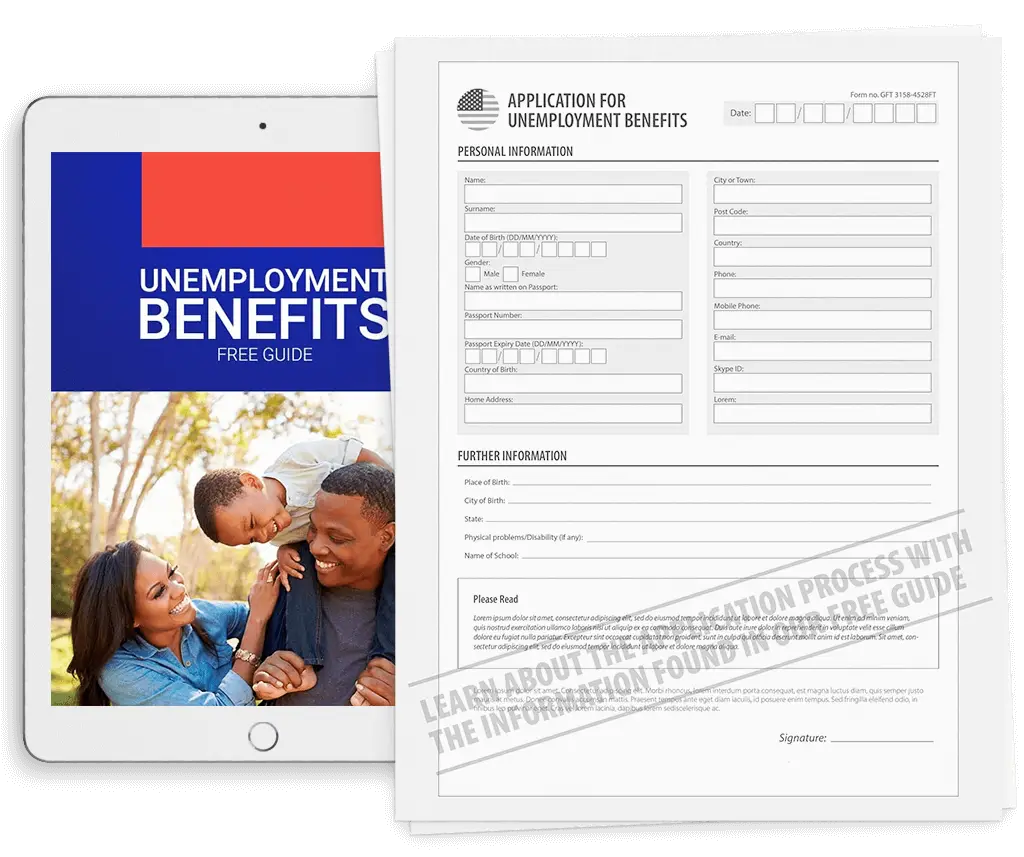A common misconception about the unemployment rate within the United States is that it measures the amount of jobless workers versus employed workers. In truth, the unemployment rate measures the total number of jobless workers in comparison to the entire labor force as a whole. For calculating the jobless rate, the Bureau of Labor Statistics indicates ‘unemployed’ as an individual not employed in any fashion—not temporarily, part-time nor with full-time work. Unemployment, for the sake of unemployment insurance benefits, also dictates an individual who is willing and able to work, but unemployed through no fault of their own. It is important to keep track of the unemployment rate in every state, as well as the country, in order to assess the economic climate and job growth or loss.
Illinois Unemployment Resources
What is the unemployment rate for Illinois?
The good news for those wondering “What is the unemployment rate for Illinois?” is that the state unemployment is at a decade-low. The unemployment rate in Illinois has been at its lowest since 2007, hitting 4.6 percent in May 2017. Even a year ago in May 2016, the unemployment rate in Illinois was at 5.9 percent, which is a huge drop in just a year’s time. Although still trailing behind the rest of the country, as the national average hit 4.3 percent in May 2017, Illinois is making huge strides for both the economy and the unemployed labor force. Unfortunately, while the trade, transportation and utilities sector took a big hit in May with a loss of 3,700 jobs, the construction, education and health services sector added the primary bulk of jobs at 2,400. To determine the Illinois jobless rate, the size of the labor force is also taken into consideration. Individuals who leave the labor force, whether due to retirement, taking care of family or leaving to pursue a secondary education, shrinks the overall numbers that in turn helps the unemployment rate.
For Illinois residents who are looking for help due to unemployment, then benefits may be an option. Unemployment insurance benefits are offered within every state and provide compensation for qualified individuals who need temporary wage assistance in between employment.
